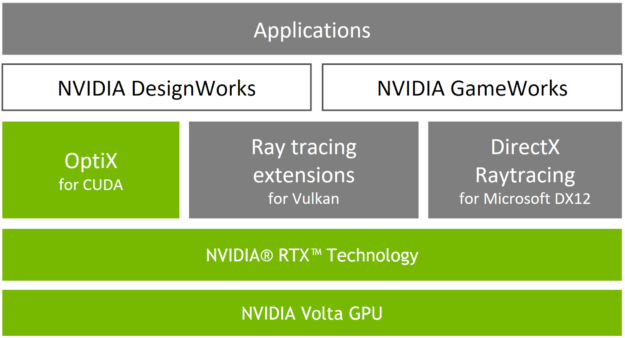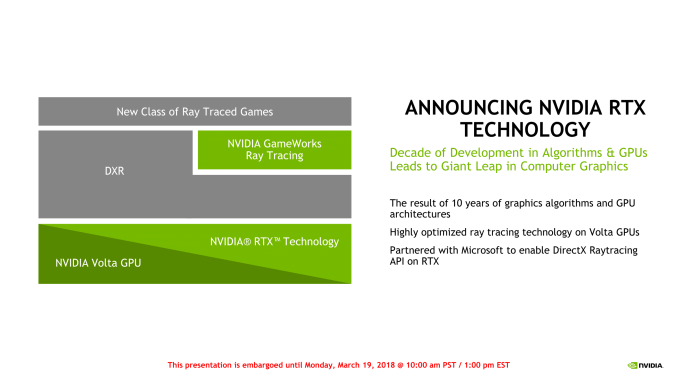He is not inferring anything, but giving a marketing answer that's within the scope of his briefing and at the same time giving the impression of having adressed the question asked.
Well going down that path, when did Nvidia state "There’s definitely functionality in Volta that accelerates" for Amber?
I have posted the results in the past for FP32 Amber and they are quite shockingly good relative to Pascal, partially due to cache and V100 structure.
They do state it accelerates Amber.
But they do not say functionality in Volta.
Last edited:


